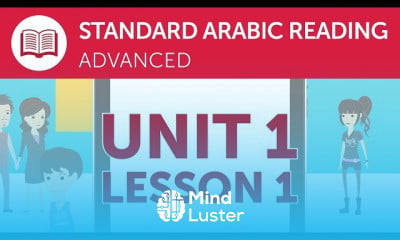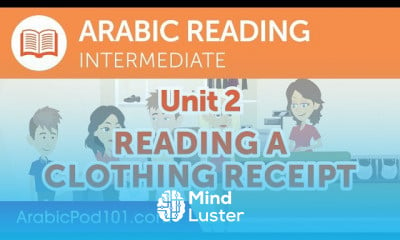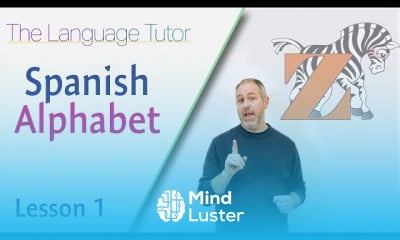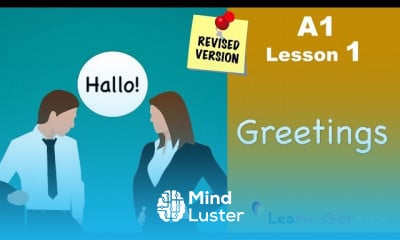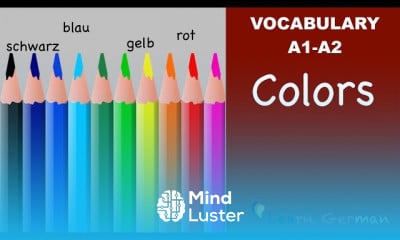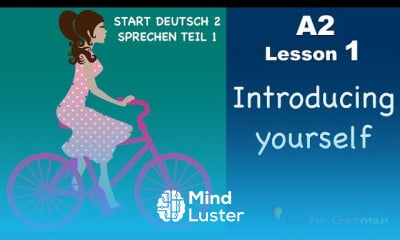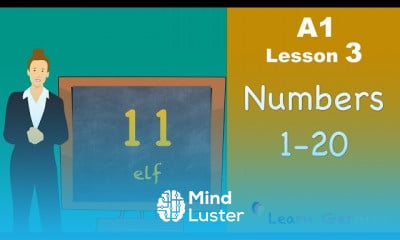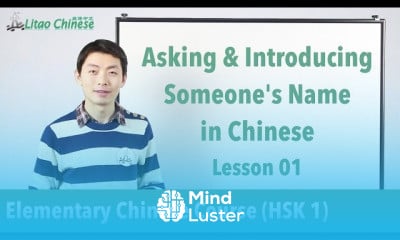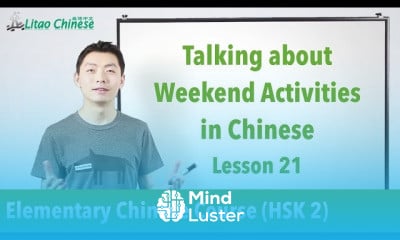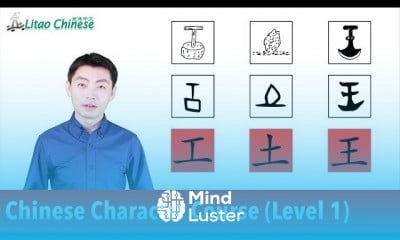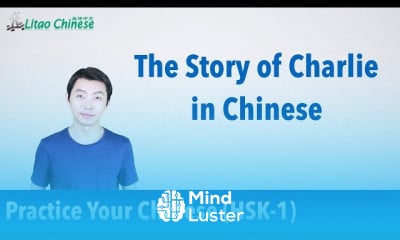Learn How to Use the Preposition on in English Daily English Conversations 03
Share your inquiries now with community members
Click Here
Sign up Now
Lesson extensions
Lessons List | 17
Lesson
Comments
Related Courses in Languages
Course Description
Irregular Plurals in english course,
in this course we will learn about the irregular plurals in English. This course is designed to help learners understand and correctly use the plural forms of nouns that do not follow the regular rule of simply adding "s" or "es" to form plurals. Irregular plurals can be tricky as they often change the word entirely, and mastering them is essential for accurate and fluent communication in English.
Course Overview:
Introduction to Irregular Plurals: An overview of the concept of irregular plurals, explaining how they differ from regular plurals and why they are important to learn.
Example: "child" becomes "children", "foot" becomes "feet".
Common Irregular Plurals: A detailed look at some of the most commonly used irregular plurals in English, with practical examples and usage in sentences.
Example: "tooth" becomes "teeth", "mouse" becomes "mice".
Categorization of Irregular Plurals: Grouping irregular plurals into categories based on their formation rules, such as vowel changes, completely different words, and unchanged forms.
Example: "man" becomes "men", "sheep" remains "sheep".
Exercises and Practice: Interactive exercises and practice sessions to reinforce learning, including fill-in-the-blank, matching, and sentence construction activities.
Example: Fill in the blank: "One goose, two _____." (Answer: "geese").
Contextual Usage: Understanding the use of irregular plurals in various contexts, such as writing, speaking, and reading, to ensure comprehensive learning and application.
Example: Writing sentences or short paragraphs using irregular plurals correctly.
Common Mistakes and Tips: Identifying common mistakes learners make with irregular plurals and providing tips and strategies to avoid them.
Example: Avoiding mistakes like "childs" instead of "children".
Advanced Irregular Plurals: Exploring less common irregular plurals and their correct usage for advanced learners aiming to perfect their English skills.
Example: "cactus" becomes "cacti", "analysis" becomes "analyses".
Trends
Graphic design tools for beginners
Web Design for Beginners
Figma for UX UI design
Graphic Design Basics
Customizing type for logos
Advanced Logo design methods
Accounting
Make money as a freelance designer
Logo Design
Graphic Design | Photoshop
UX design career in 2025
Web Design Using HTML CSS
Best zoology books
Accounting Finance course
Financial Accounting
Web Design 101 Free Full Course
Web design basics
Biology
Figma Signing Up and Signing In
Logistics and Supply Chain Management
Recent
Bioinformatics basics
Bioinformatics databases
Vitamin A to Z tablets
Best zoology books
Best cream for piles pain
Laser surgery for piles
Best cream for piles
Anal fissure treatment
Best antibiotics for diseases
Antibodies structure
Macrophage structure
Drosophila genetics
Diagnostic tests
Bioinformatics
Genetics
Gene therapy
Kidney structure
DNA replication and types
Bacterial cell structure
Parasite structure


